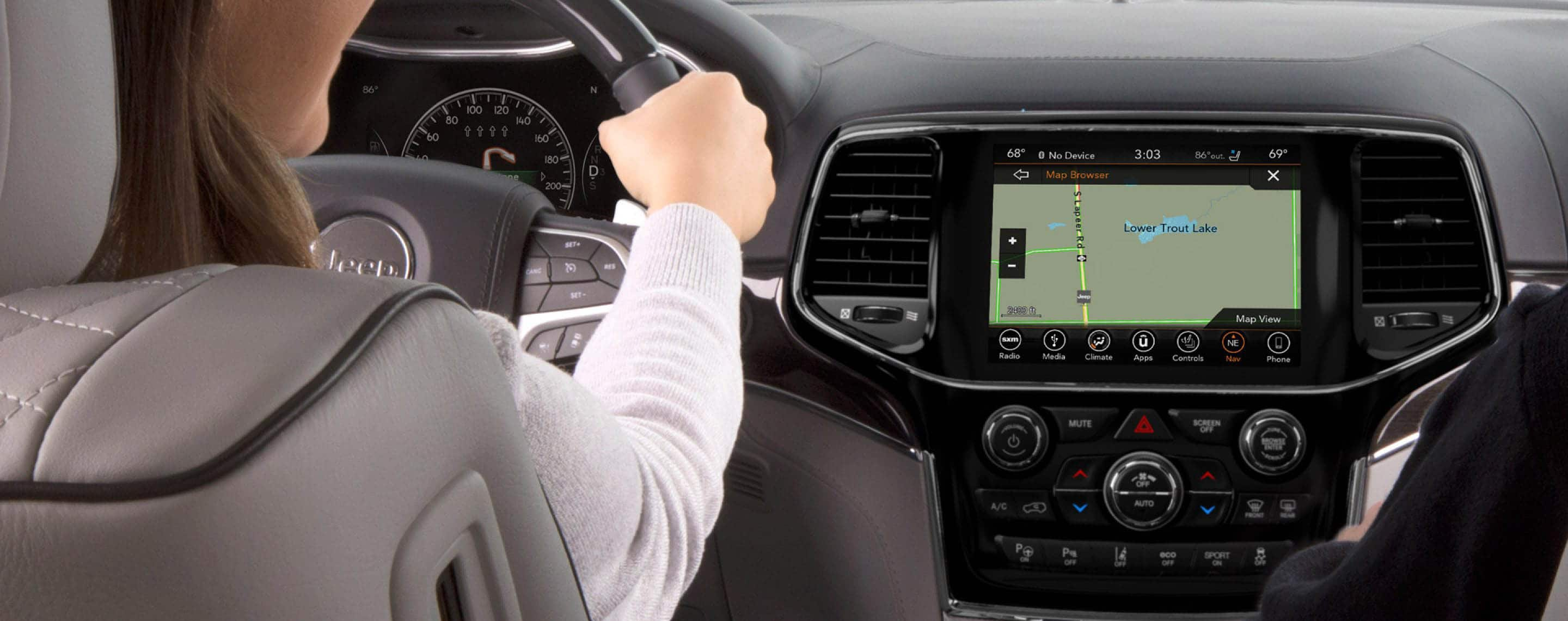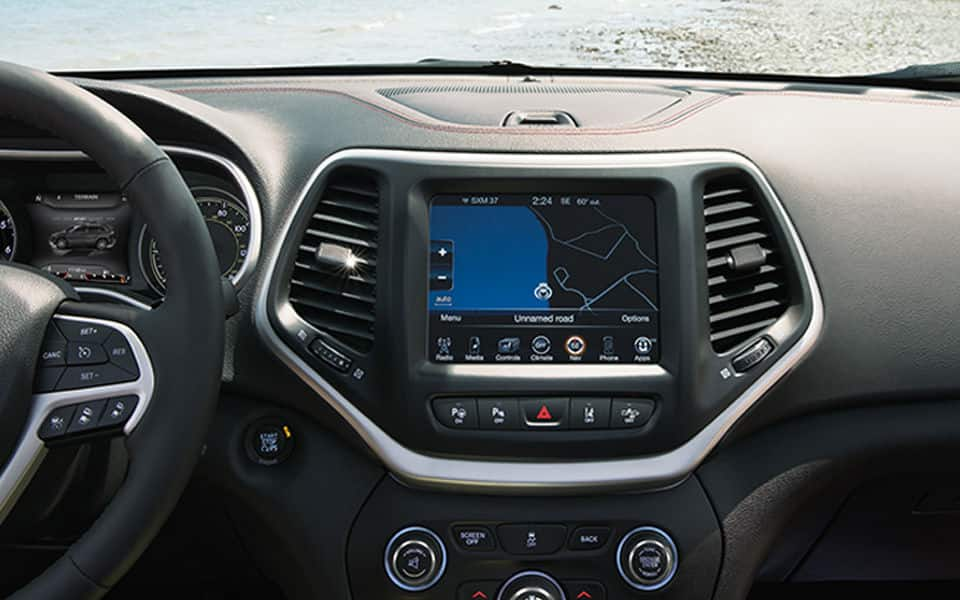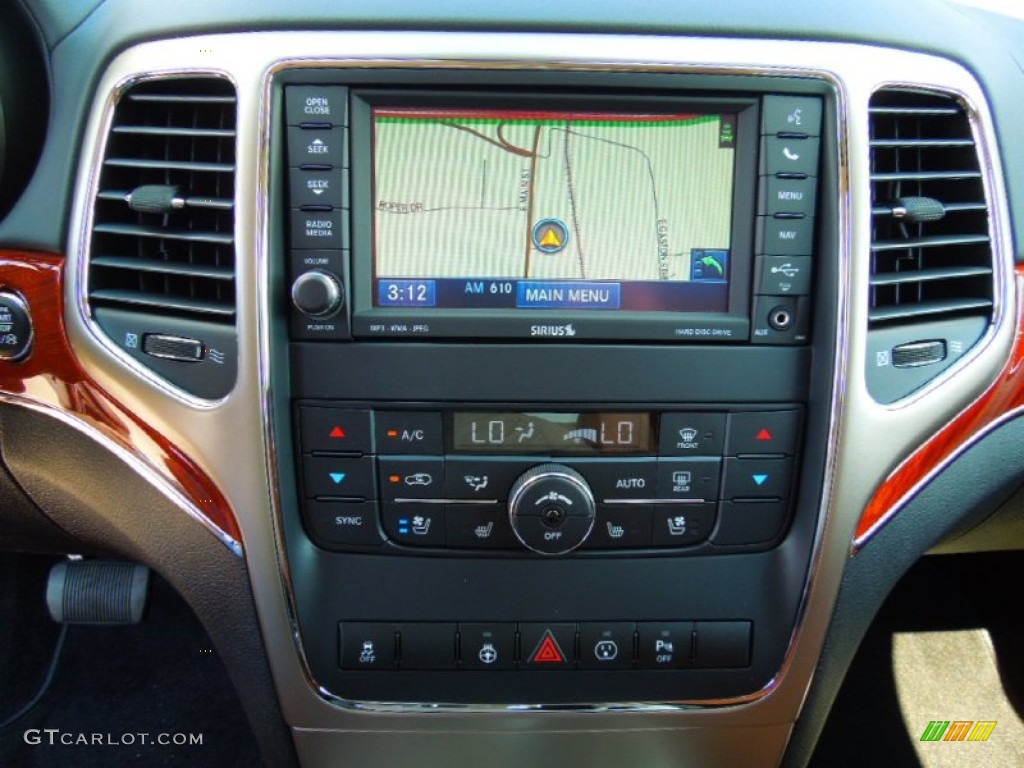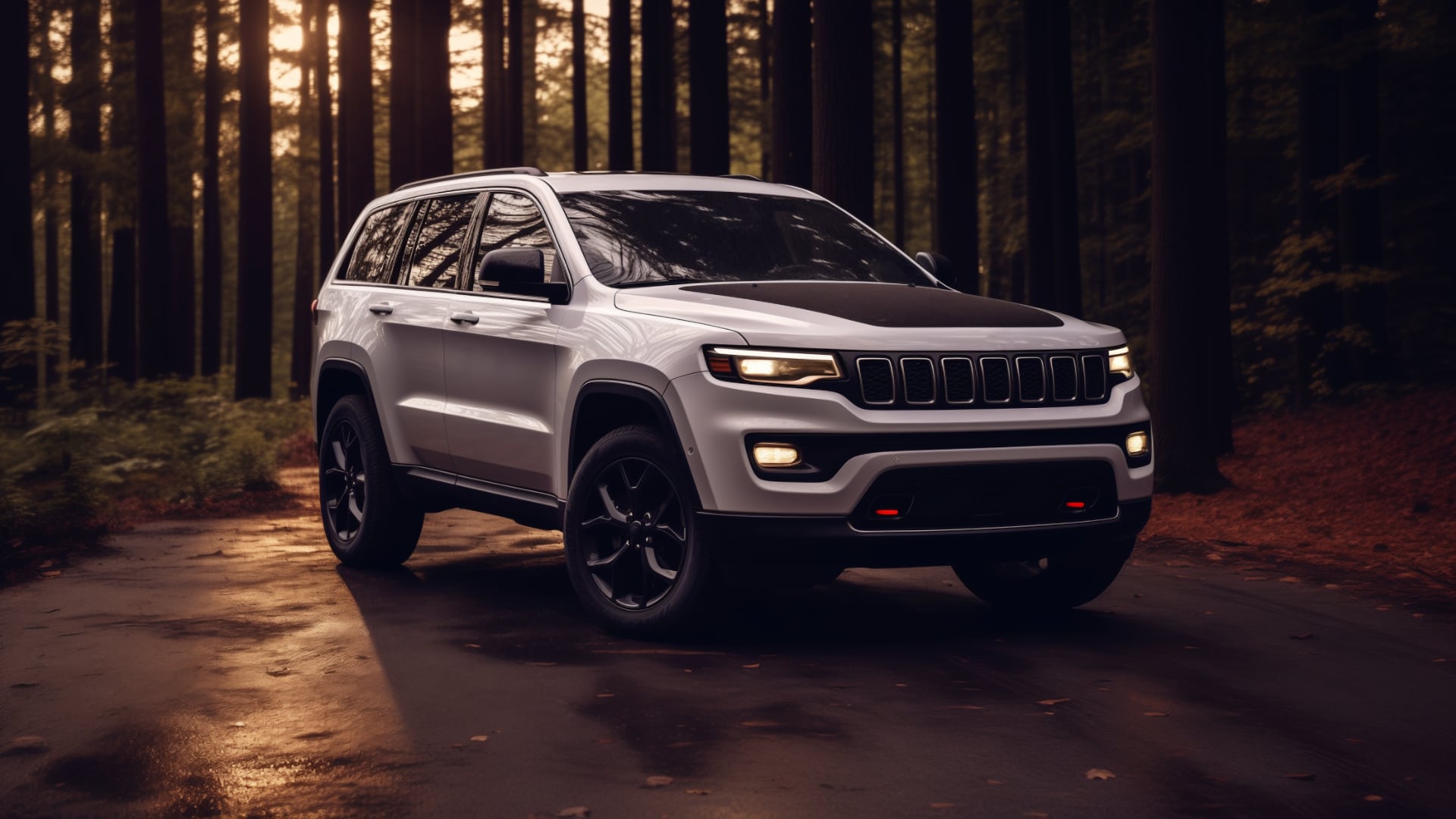Navigating The Jeep Grand Cherokee: A Guide To Avoid Potential Pitfalls
Navigating the Jeep Grand Cherokee: A Guide to Avoid Potential Pitfalls
Navigating the Jeep Grand Cherokee: A Guide to Avoid Potential Pitfalls
Introduction
With enthusiasm, let’s navigate through the intriguing topic related to Navigating the Jeep Grand Cherokee: A Guide to Avoid Potential Pitfalls. Let’s weave interesting information and offer fresh perspectives to the readers.
Table of Content
Navigating the Jeep Grand Cherokee: A Guide to Avoid Potential Pitfalls

The Jeep Grand Cherokee, a name synonymous with off-road prowess and rugged luxury, has enjoyed a long and successful run since its debut in 1992. However, like any vehicle with a lengthy history, certain model years have proven more problematic than others. Understanding these potential pitfalls can be crucial for prospective buyers seeking a reliable and enjoyable ownership experience.
This article aims to shed light on the Jeep Grand Cherokee model years that have garnered a reputation for issues, providing a comprehensive guide for informed decision-making.
The Early Years: 1993-1998
The first generation of Grand Cherokees, produced from 1993 to 1998, saw the introduction of the iconic Jeep design language and the renowned Quadra-Trac four-wheel drive system. However, these early models are known for several common issues:
- Transmission Problems: The 42RE automatic transmission, prevalent in these models, was prone to premature failure, particularly in high-mileage vehicles. This issue could manifest as slipping gears, rough shifting, or complete transmission failure.
- Electrical Gremlins: Early Grand Cherokees experienced a high incidence of electrical problems, ranging from intermittent dashboard lights to complete electrical system failures.
- Rust Issues: The use of certain materials in the bodywork led to premature rusting, particularly in regions with harsh climates. This could significantly impact the structural integrity of the vehicle.
- Susceptibility to Leaks: Leaks in the engine, transmission, and differentials were common, often stemming from worn-out seals or faulty components.
The Second Generation: 1999-2004
The second generation, introduced in 1999, brought significant improvements in terms of refinement, safety, and engine performance. However, certain model years within this generation still present potential concerns:
- 2002: This year saw the introduction of a new 4.7L V8 engine, which was plagued by head gasket failures. This problem could lead to engine overheating, coolant leaks, and potentially catastrophic engine damage.
- 2003-2004: The 4.7L engine in these models was also prone to valve train issues, causing engine misfires and reduced performance.
- 2004: This year witnessed the introduction of the Mercedes-Benz-sourced 3.0L CRD diesel engine, which, while powerful and efficient, suffered from fuel pump failures and injector issues, leading to costly repairs.
The Third Generation: 2005-2010
The third generation, launched in 2005, marked a significant shift for the Grand Cherokee, introducing a more modern design, a luxurious interior, and a wider range of engines. Nevertheless, specific years within this generation require attention:
- 2005-2007: Early models in this generation experienced issues with the 4.7L V8 engine, including head gasket failures and valve train problems.
- 2006-2007: The 5.7L Hemi V8 engine, introduced in 2006, was known for its power and fuel efficiency but suffered from premature spark plug failures, leading to misfires and engine damage.
- 2008-2009: These years witnessed a rise in complaints regarding the 4.7L V8 engine’s oil consumption, stemming from faulty piston rings or valve stem seals.
- 2010: This year saw the introduction of the 3.6L Pentastar V6 engine, a significant improvement over the previous V6 offerings. However, some owners reported premature timing chain failures, leading to engine damage.
The Fourth Generation: 2011-2020
The fourth generation, introduced in 2011, brought a complete redesign, featuring a more sophisticated platform, advanced technology, and enhanced safety features. While generally considered a reliable generation, certain years still warrant scrutiny:
- 2011-2013: The 3.6L Pentastar V6 engine in these models was prone to oil consumption issues, similar to those encountered in the previous generation.
- 2012-2013: The 5.7L Hemi V8 engine in these years experienced problems with the electronic throttle control system, leading to stalling and engine hesitation.
- 2014: This year saw the introduction of the 3.0L EcoDiesel V6 engine, which, while praised for its fuel efficiency and torque, suffered from premature fuel pump failures and injector issues.
- 2017: The 3.0L EcoDiesel V6 engine in this year was recalled due to a software issue that could cause engine failure.
The Fifth Generation: 2021-Present
The latest generation, introduced in 2021, features a completely redesigned platform, a more luxurious interior, and a suite of advanced driver-assistance systems. While still relatively new, certain issues have emerged:
- 2021-2022: The 3.6L Pentastar V6 engine in these models has been reported to experience oil consumption issues, similar to previous generations.
- 2022: Some owners have reported problems with the new 4xe plug-in hybrid powertrain, including charging system issues and battery degradation.
FAQs Regarding Jeep Grand Cherokee Years to Avoid
Q: Are there any specific years to completely avoid?
A: While no model year is completely without its issues, the following years have consistently garnered a significant number of complaints:
- 1993-1998: Transmission, electrical, and rust issues are prevalent.
- 2002: Head gasket failures in the 4.7L V8 engine.
- 2004: Fuel pump and injector issues in the 3.0L CRD diesel engine.
- 2005-2007: Head gasket and valve train issues in the 4.7L V8 engine.
- 2006-2007: Premature spark plug failures in the 5.7L Hemi V8 engine.
- 2011-2013: Oil consumption issues in the 3.6L Pentastar V6 engine.
- 2014: Fuel pump and injector issues in the 3.0L EcoDiesel V6 engine.
- 2017: Software issue leading to engine failure in the 3.0L EcoDiesel V6 engine.
Q: What are the most reliable Jeep Grand Cherokee years?
A: Generally, the most reliable years are considered to be:
- 1999-2001: Improved reliability over the first generation, but the 2002 model year should be avoided.
- 2008-2009: Fewer reported issues compared to earlier years in this generation.
- 2015-2016: Improved reliability over previous years in this generation, but the 2014 and 2017 EcoDiesel models should be avoided.
- 2018-2020: Considered to be one of the most reliable generations, but the 2017 EcoDiesel model should be avoided.
Q: What should I do if I’m considering a Jeep Grand Cherokee from a potentially problematic year?
A: If you’re considering a Jeep Grand Cherokee from a year known for issues, it’s crucial to conduct thorough research and due diligence.
- Inspect the vehicle: Have a qualified mechanic inspect the vehicle for any signs of wear, tear, or potential problems.
- Check the maintenance records: Ensure that the vehicle has been regularly serviced and any known issues have been addressed.
- Consider a pre-purchase inspection: A pre-purchase inspection can help you identify any hidden problems and provide you with a more comprehensive assessment of the vehicle’s condition.
Tips for Avoiding Jeep Grand Cherokee Years to Avoid
- Research before buying: Spend time researching specific model years and their associated problems before making a purchase.
- Consult online forums and communities: Forums like JeepForum.com and Reddit’s r/Jeep offer valuable insights from experienced owners.
- Read reviews: Check online reviews and consumer reports to get a sense of the common issues and reliability of different model years.
- Don’t be afraid to walk away: If a vehicle from a problematic year seems too good to be true, it probably is. Don’t be afraid to walk away and continue searching.
Conclusion
While the Jeep Grand Cherokee is a highly capable and desirable vehicle, certain model years have proven more problematic than others. By understanding these potential pitfalls and conducting thorough research, prospective buyers can make informed decisions and avoid potential headaches.
Ultimately, the key to a successful Jeep Grand Cherokee ownership experience lies in choosing a well-maintained vehicle from a reliable model year. By taking the time to understand the history and potential issues of different generations, you can increase your chances of finding a Jeep that will deliver years of enjoyment and off-road adventures.








Closure
Thus, we hope this article has provided valuable insights into Navigating the Jeep Grand Cherokee: A Guide to Avoid Potential Pitfalls. We appreciate your attention to our article. See you in our next article!